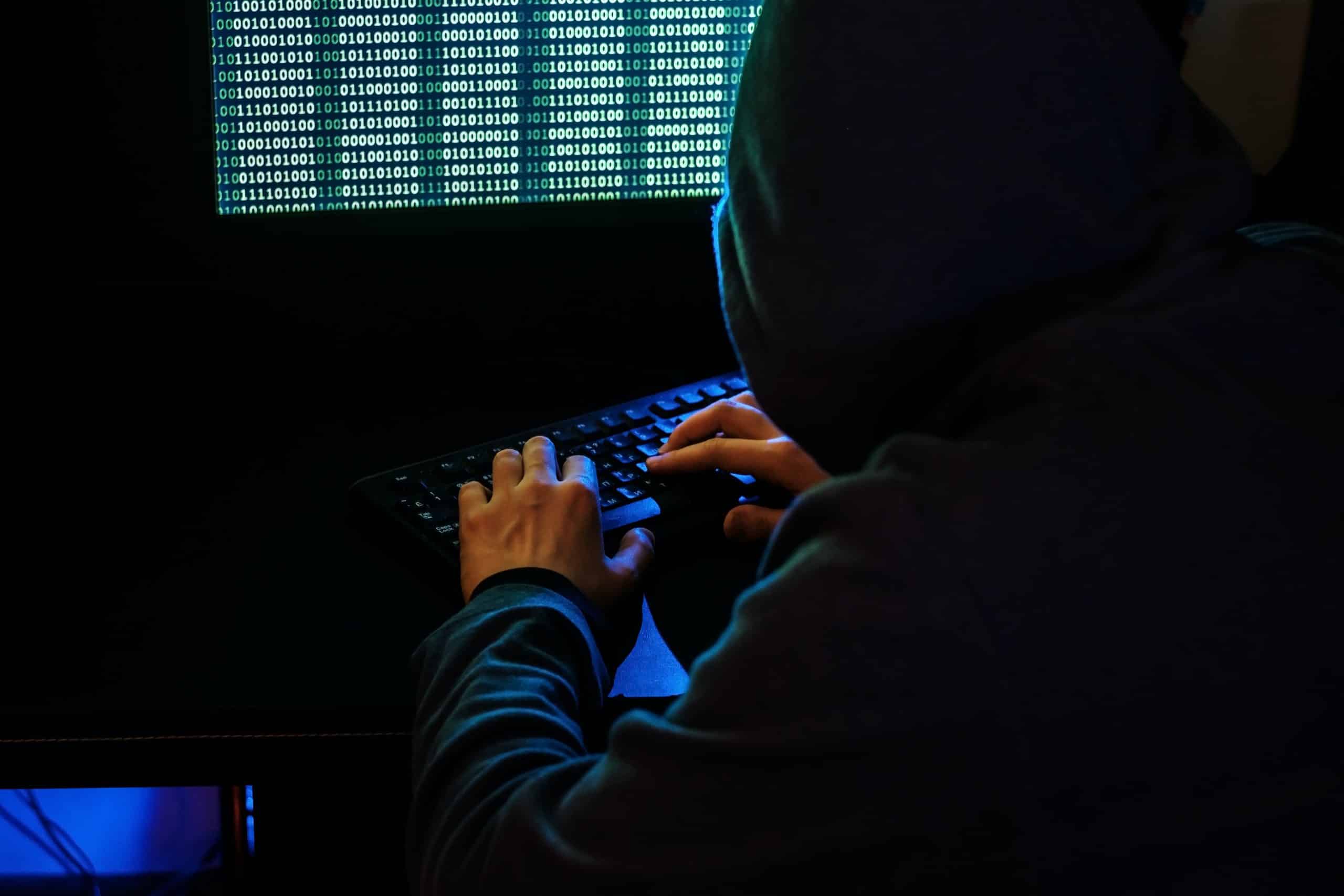What’s the Latest in Digital Forensic Techniques for Cybercrime Investigation?

Cybercrime is indeed a modern-day menace that poses a significant threat to our society. As the virtual world continues to expand, so does the scope of cybercrime, making it imperative for us to stay updated with the latest developments in digital forensic techniques. These techniques are instrumental in investigating, mitigating, and, in some cases, preventing such crimes. In this article, we will delve deep into the realm of digital forensics, discussing the latest advances in this field.
Advancements in Digital Forensic Tools
The digital forensics landscape is ever-evolving, with new tools and techniques constantly emerging to aid in the investigation of cybercrimes. These tools are not only becoming more advanced, but also more user-friendly, enhancing the efficiency of forensic professionals.
In parallel : Mastering the kitchen: finding your perfect apron
In recent years, artificial intelligence (AI) and machine learning (ML) have been incorporated into digital forensic tools, transforming how cybercrime is tackled. AI algorithms make it possible to sift through massive amounts of data rapidly and accurately, identifying patterns that human investigators might miss. These patterns can provide crucial leads in cybercrime investigations.
Moreover, these AI-driven tools can help identify digital footprints left behind by cybercriminals, including traceable IP addresses, device identifiers, and other digital evidence. Such advancements have significantly improved the rate of success in solving cybercrimes.
Topic to read : Discover gardening tips with stewartville star
Emergence of Cloud Forensics
With the rise of cloud computing, cybercriminals have found a new playground. This has led to the emergence of cloud forensics, a branch of digital forensics dedicated to investigating cybercrimes occurring in the cloud.
Cloud forensics involves the application of forensic investigation techniques to cloud environments. However, it comes with unique challenges such as jurisdictional issues, data volatility, and the complexity of cloud environments. Despite these challenges, progress has been made in developing techniques and tools for cloud forensics.
For instance, investigators now use automated tools that can extract, analyze, and present data from cloud-based services in a readable format. This has increased the capacity of investigators to handle the vast volumes of data stored in the cloud, a capacity that would be unthinkable with manual methods.
Integration of Big Data Analytics
Big data analytics is another area that has been integrated into digital forensic techniques. With the explosion of data in today’s digital age, traditional methods of data analysis are no longer sufficient.
Big data analytics, with its ability to process and analyze large data sets in real time, has proven to be a game-changer in digital forensics. It enables investigators to quickly identify patterns, trends, and correlations in complex data sets, which can lead to faster detection and resolution of cybercrime incidents.
Machine Learning algorithms, a subset of AI, are often used in conjunction with big data analytics. These algorithms can learn from the data they analyze, enabling them to predict future events or behaviors based on past patterns. This predictive capability can be instrumental in pre-emptively identifying potential cyber threats.
Rise of Mobile Device Forensics
The ubiquity of mobile devices has led to a surge in crimes committed through these platforms. This has prompted the development of mobile device forensics, a specialized area of digital forensics focused on the recovery of digital evidence or data from a mobile device.
Mobile device forensics is not just about recovering data. It also involves understanding the intricacies of various mobile operating systems, security features, and the manner in which data is stored and deleted on these devices.
The latest tools in mobile device forensics can bypass security measures, extract and decode information, and visualize data in a way that can be easily interpreted by investigators. They can even recover deleted data, offering a more complete picture of a cybercriminal’s activities.
Evolving Role of Blockchain in Digital Forensics
Blockchain, primarily known for underpinning cryptocurrencies, is now playing a key role in digital forensics. The immutable and transparent nature of blockchain technology makes it a potent tool in the fight against cybercrime.
In digital forensics, blockchain can be used to create a tamper-proof record of digital evidence, ensuring its integrity. Furthermore, blockchain-based platforms can enable secure sharing of digital evidence between different parties involved in a cybercrime investigation.
The potential applications of blockchain in digital forensics are vast and still being explored. As this technology continues to evolve, it promises to bring about new breakthroughs in the field of digital forensics, further elevating our ability to tackle cybercrime.
In the ever-evolving landscape of cybercrime, the latest advancements in digital forensics are our best recourse. By continuously improving and adapting to the new methods employed by cybercriminals, these techniques ensure we’re always one step ahead in the pursuit of justice.
Adaptation of Virtual Reality in Digital Forensics
Another emerging trend in the field of digital forensics is the use of virtual reality (VR). VR is no longer just a tool for gaming or entertainment. It’s making its way into various professional fields, including digital forensics. The immersive nature of VR assists forensic experts in visualizing complex data in a 3D environment, offering new perspectives and insights that would be unattainable with traditional 2D visualizations.
Data visualization is a key aspect of digital forensics. It simplifies the interpretation of complex data sets, making it easier to identify patterns, correlations, and anomalies. VR raises the bar by allowing investigators to interact with the data in a virtual 3D environment. This interaction can provide a deeper understanding of the data, making it easier to uncover hidden clues.
For instance, VR can be used to reconstruct a cybercrime scene, providing investigators a virtual tour of the crime scene. They can interact with the virtual objects, inspecting them from various angles and gaining insights that might have been overlooked in a conventional investigation.
Moreover, VR can also aid in training future digital forensic investigators. Instead of learning from textbooks or working on simulated cases, trainees can immerse themselves in real-case scenarios, speeding up the learning process and making it more effective.
While the incorporation of VR into digital forensics is still in its infancy stage, its potential is enormous. As VR technology continues to advance, it could revolutionize the way digital forensic investigations are conducted, making them more thorough and effective.
Conclusion
The field of digital forensics is dynamic and continuously evolving. The rapid advancements in technology, although a boon in many regards, also come with their set of challenges by providing cybercriminals with new avenues to exploit. Consequently, the need for sophisticated digital forensic techniques is more critical than ever.
We are witnessing a paradigm shift in digital forensic methodologies, with AI, cloud forensics, big data analytics, mobile device forensics, blockchain, and now, virtual reality, making their mark. These cutting-edge technologies are not only enhancing the scope and efficiency of cybercrime investigations but also redefining the role of digital forensics in our society.
While the challenges are aplenty, advancements in digital forensic techniques provide a ray of hope. These techniques, by staying abreast of the latest trends and adapting swiftly to the changing landscape, ensure that we stay one step ahead of cybercriminals. As we move forward, it’s safe to say that digital forensics will continue to play a pivotal role in combating cybercrime, safeguarding our digital world.
In this digital age, where cybercrime is an ever-present threat, staying informed about the latest developments in digital forensics is of utmost importance. Knowledge, after all, is power, and in this case, our strongest defense against the menace of cybercrime.
